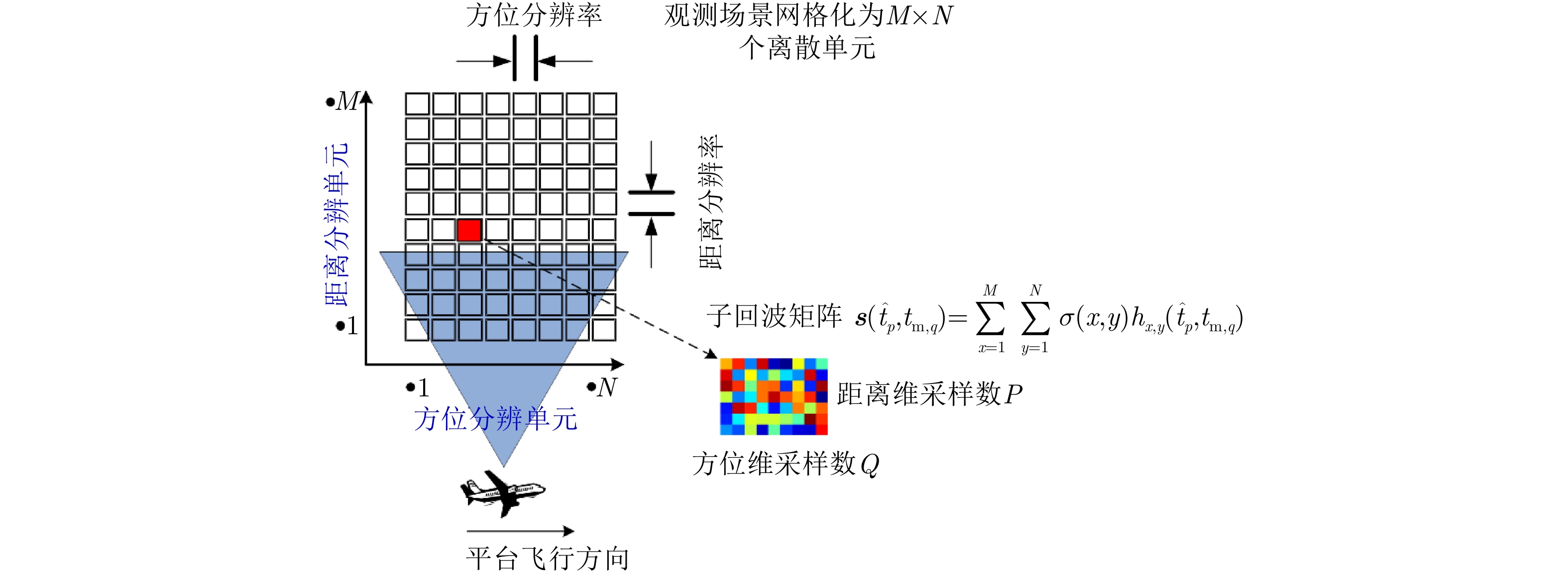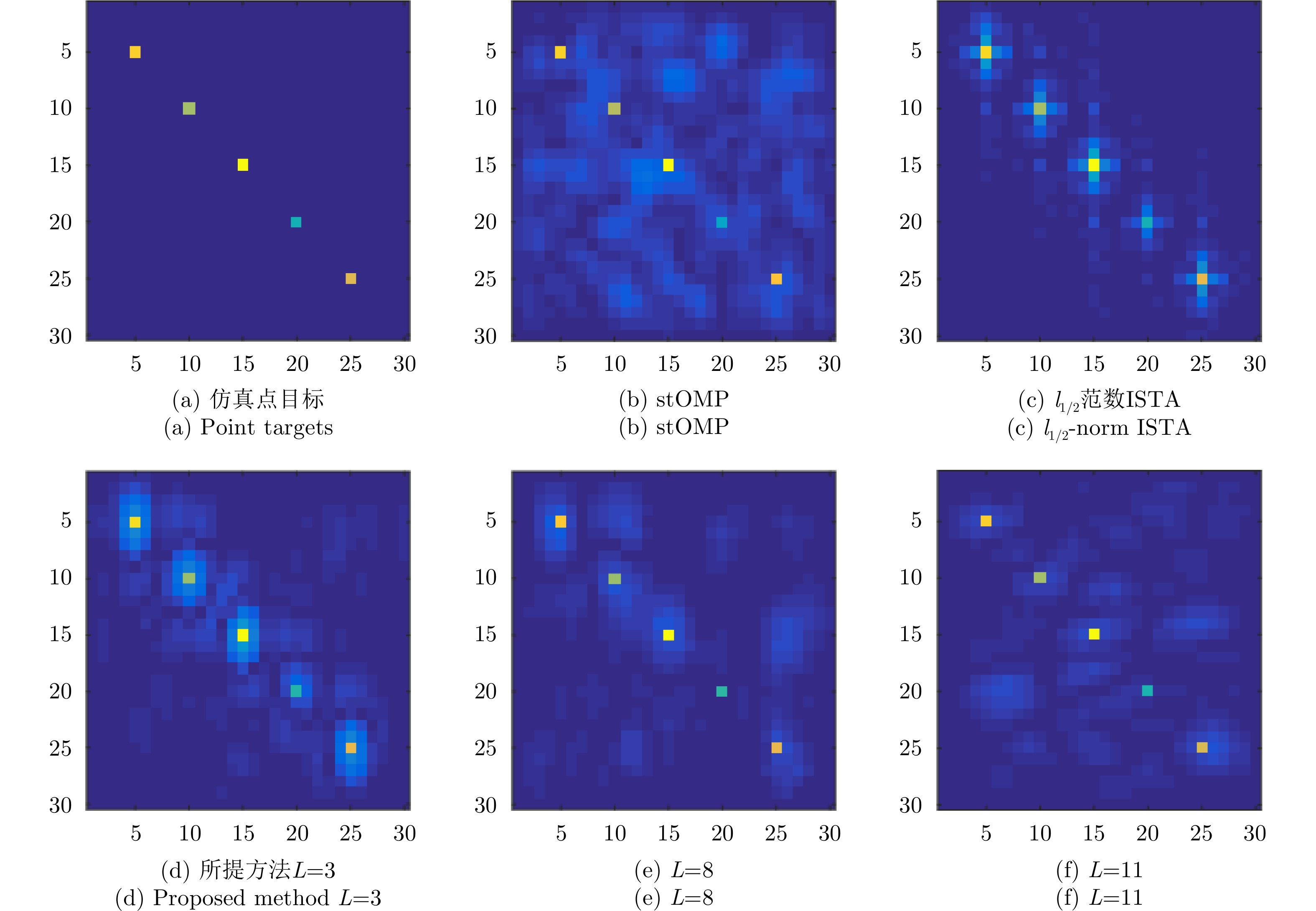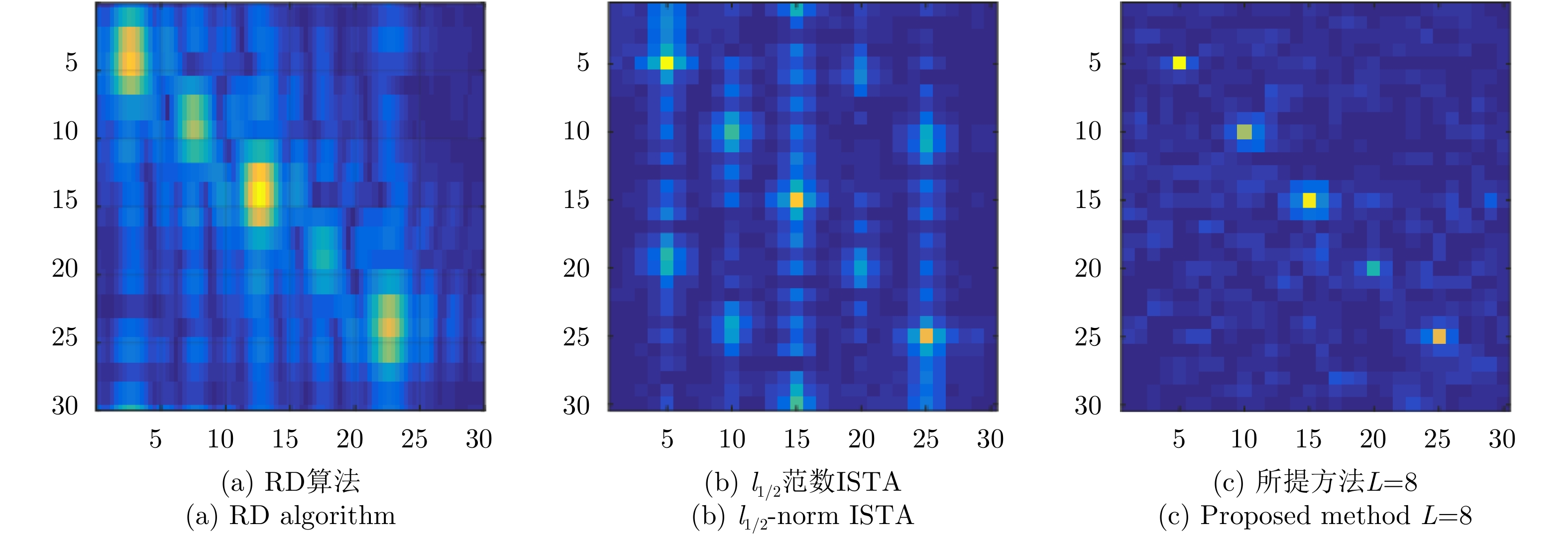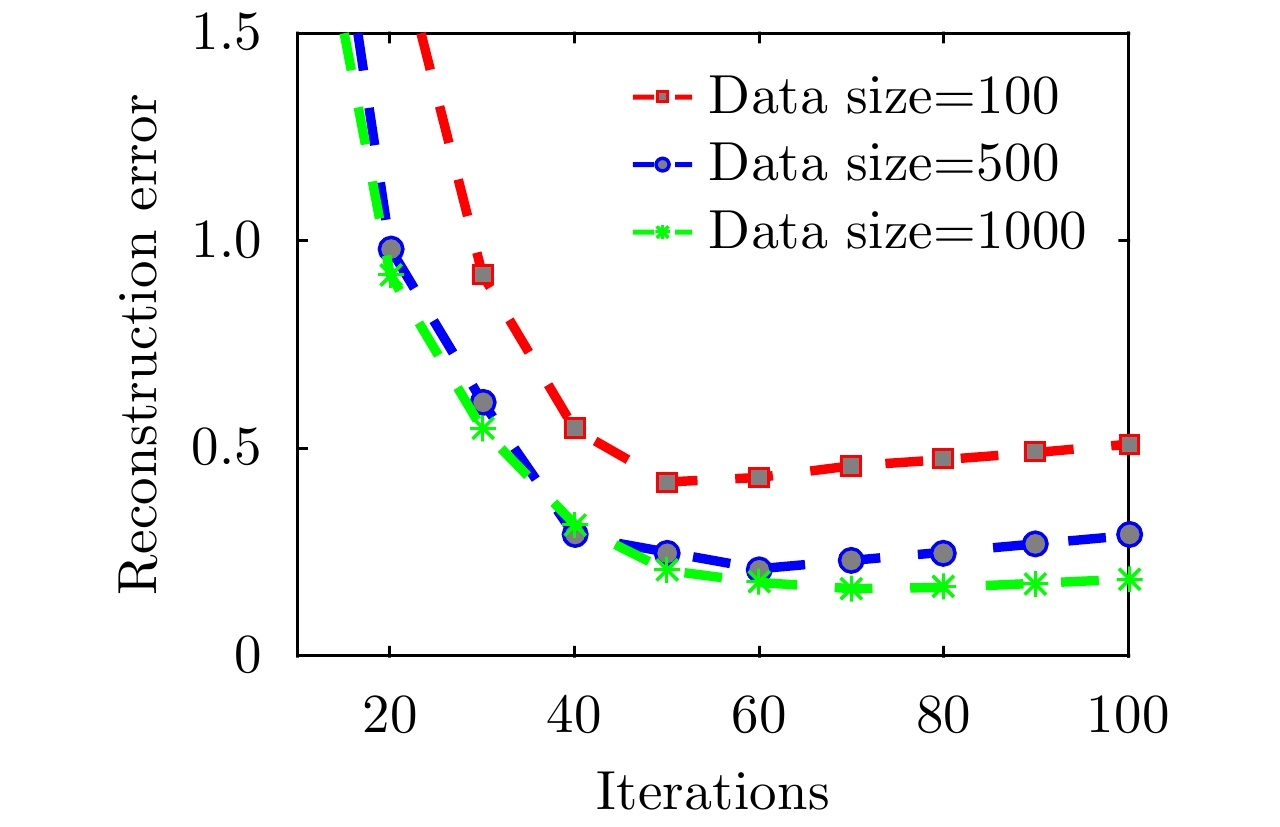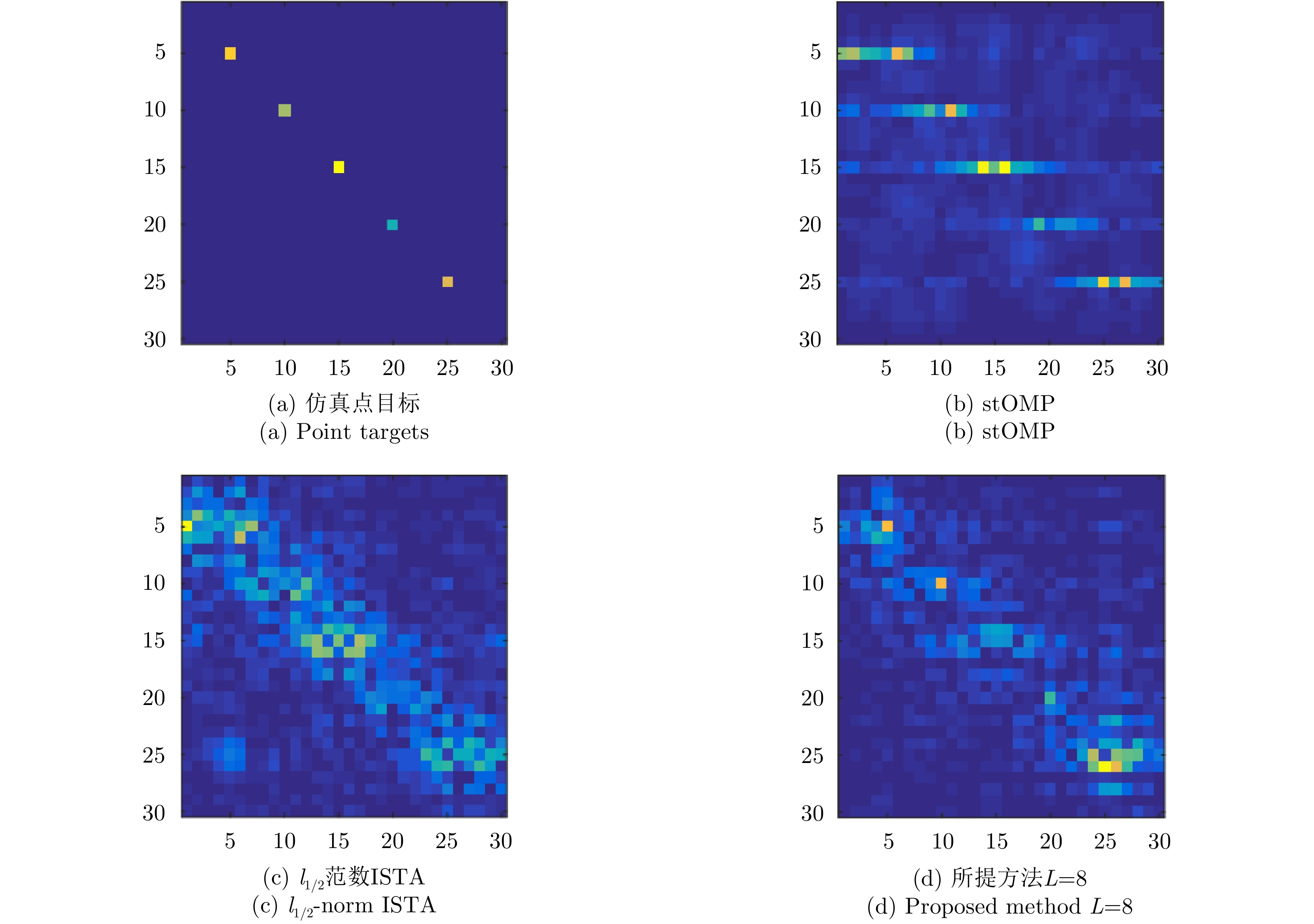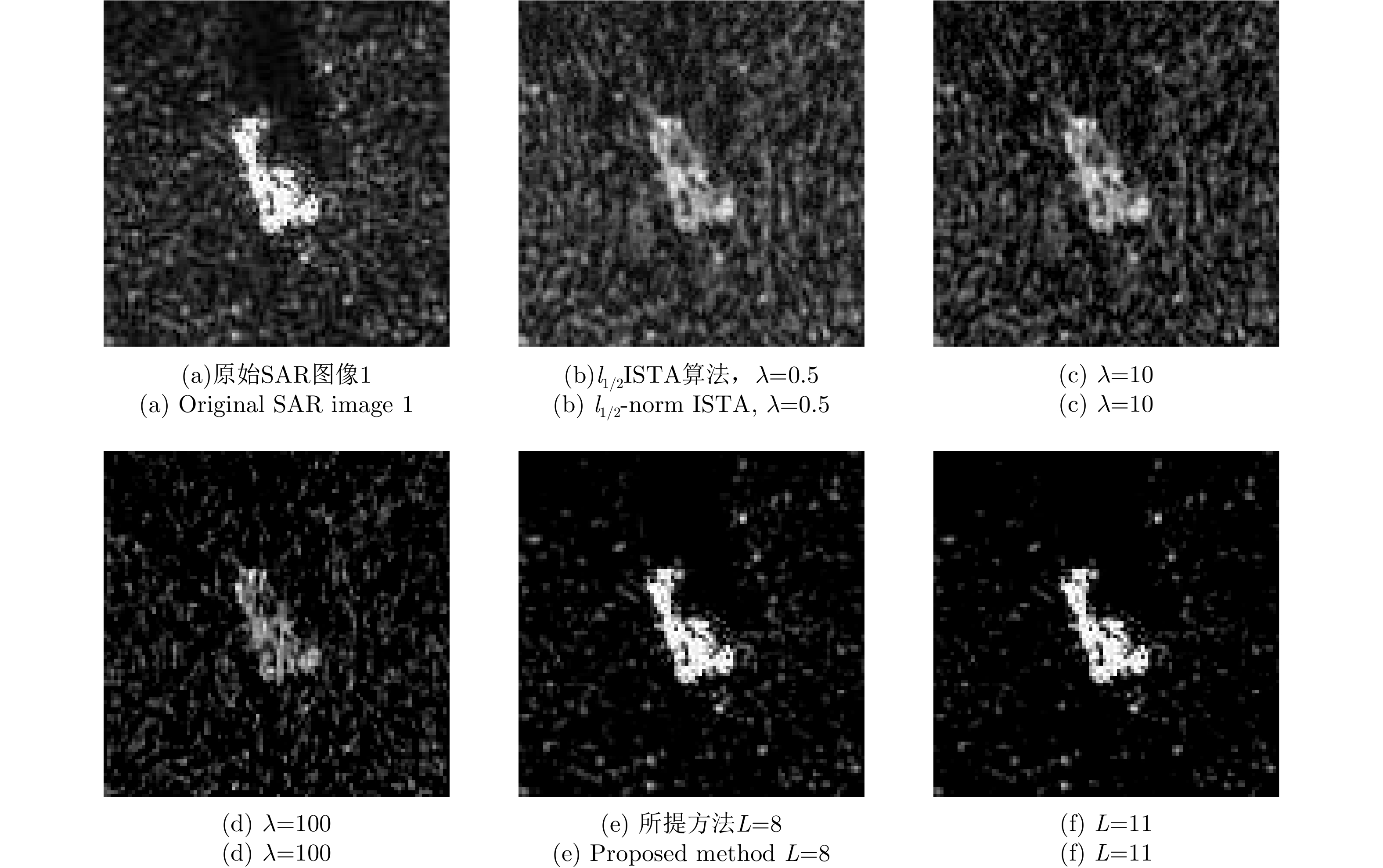| [1] |
保铮, 邢孟道, 王彤. 雷达成像技术[M]. 北京: 电子工业出版社, 2006: 1–6.
BAO Zheng, XING Mengdao, and WANG Tong. Radar Imaging Technologies[M]. Beijing: Publishing House of Electronics Industry, 2006: 1–6.
|
| [2] |
HONG Wen, WANG Yanping, TAN Weixian, et al. Tomographic SAR and circular SAR experiments in anechoic chamber[C]. The 7th European Conference on Synthetic Aperture Radar, Friedrichshafen, Germany, 2008: 1–6.
|
| [3] |
洪文, 王彦平, 林赟, 等. 新体制SAR三维成像技术研究进展[J]. 雷达学报, 2018, 7(6): 633–654. doi: 10.12000/JR18109HONG Wen, WANG Yanping, LIN Yun, et al. Research progress on three-dimensional SAR imaging techniques[J]. Journal of Radars, 2018, 7(6): 633–654. doi: 10.12000/JR18109 |
| [4] |
YANG Wei, CHEN Jie, LIU Wei, et al. A modified three-step algorithm for TOPS and sliding spotlight SAR data processing[J]. IEEE Transactions on Geoscience and Remote Sensing, 2017, 55(12): 6910–6921. doi: 10.1109/TGRS.2017.2735993 |
| [5] |
CHEN Siwei, WANG Xuesong, and XIAO Shunping. Urban damage level mapping based on co-polarization coherence pattern using multitemporal polarimetric SAR data[J]. IEEE Journal of Selected Topics in Applied Earth Observations and Remote Sensing, 2018, 11(8): 2657–2667. doi: 10.1109/JSTARS.2018.2818939 |
| [6] |
YANG Jungang, THOMPSON J, HUANG Xiaotao, et al. Random-frequency SAR imaging based on compressed sensing[J]. IEEE Transactions on Geoscience and Remote Sensing, 2013, 51(2): 983–994. doi: 10.1109/TGRS.2012.2204891 |
| [7] |
CHEN Yichang, LI Gang, ZHANG Qun, et al. Motion compensation for airborne SAR via parametric sparse representation[J]. IEEE Transactions on Geoscience and Remote Sensing, 2017, 55(1): 551–562. doi: 10.1109/TGRS.2016.2611522 |
| [8] |
TANG Yu, WANG Yanfei, and ZHANG Bingchen. A study of sliding spotlight SAR imaging mode[J]. Journal of Electronics & Information Technology, 2007, 29(1): 26–29. doi: 10.3724/SP.J.1146.2005.00398 |
| [9] |
YANG Jun, LI Zhenyu, SUN Guangcai, et al. Novel full aperture imaging algorithm for highly squinted TOPS SAR[J]. Journal of Xidian University: Natural Science, 2015, 42(1): 42–48, 55. doi: 10.3969/j.issn.1001-2400.2015.01.08 |
| [10] |
ZHU Xiaoxiang and BAMLER R. Tomographic SAR inversion by L1-norm regularization-the compressive sensing approach[J]. IEEE Transactions on Geoscience and Remote Sensing, 2010, 48(10): 3839–3846. doi: 10.1109/TGRS.2010.2048117 |
| [11] |
ZHANG Fubo, LIANG Xingdong, WU Yirong, et al. 3D surface reconstruction of layover areas in continuous terrain for multi-baseline SAR interferometry using a curve model[J]. International Journal of Remote Sensing, 2015, 36(8): 2093–2112. doi: 10.1080/01431161.2015.1030042 |
| [12] |
TAN Weixian, HUANG Pingping, HAN Kuoye, et al. Array error calibration methods in downward-looking linear-array three-dimensional synthetic aperture radar[J]. Journal of Applied Remote Sensing, 2016, 10(2): 025010. doi: 10.1117/1.jrs.10.025010 |
| [13] |
XU Feng and JIN Yaqiu. From the emergence of intelligent science to the research of microwave vision[J]. Science & Technology Review, 2018, 36(10): 30–44. doi: 10.3981/j.issn.1000-7857.2018.10.004 |
| [14] |
丁赤飚, 仇晓兰, 徐丰, 等. 合成孔径雷达三维成像——从层析、阵列到微波视觉[J]. 雷达学报, 2019, 8(6): 693–709. doi: 10.12000/JR19090DING Chibiao, QIU Xiaolan, XU Feng, et al. Synthetic aperture radar three-dimensional imaging—from TomoSAR and array InSAR to microwave vision[J]. Journal of Radars, 2019, 8(6): 693–709. doi: 10.12000/JR19090 |
| [15] |
LI Gang, XIA Xianggen, XU Jia, et al. A velocity estimation algorithm of moving targets using single antenna SAR[J]. IEEE Transactions on Aerospace and Electronic Systems, 2009, 45(3): 1052–1062. doi: 10.1109/TAES.2009.5259182 |
| [16] |
YANG Jungang, HUANG Xiaotao, THOMPSON J, et al. Compressed sensing radar imaging with compensation of observation position error[J]. IEEE Transactions on Geoscience and Remote Sensing, 2014, 52(8): 4608–4620. doi: 10.1109/tgrs.2013.2283054 |
| [17] |
CHEN Yichang, ZHANG Qun, YIN Yufu, et al. Estimation of the velocity of a moving ground target using a SAR system, based on a modified multiple-measurement vector model[J]. Remote Sensing Letters, 2017, 8(10): 937–946. doi: 10.1080/2150704X.2017.1339919 |
| [18] |
ZHANG Bingchen, HONG Wen, and WU Yirong. Sparse microwave imaging: Principles and applications[J]. Science China Information Sciences, 2012, 55(3): 1722–1754. doi: 10.1007/s11432-012-4633-4 |
| [19] |
NI Jiacheng, ZHANG Qun, LUO Ying, et al. Compressed sensing SAR imaging based on centralized sparse representation[J]. IEEE Sensors Journal, 2018, 18(12): 4920–4932. doi: 10.1109/JSEN.2018.2831921 |
| [20] |
NI Jiacheng, ZHANG Qun, YIN Yufu, et al. A novel scan SAR imaging method for maritime surveillance via Lp regularization[J]. International Journal of Remote Sensing, 2018, 39(1): 169–190. doi: 10.1080/01431161.2017.1382744 |
| [21] |
焦李成, 张向荣, 侯彪, 等. 智能SAR图像处理与解译[M]. 北京: 科学出版社, 2008: 1–7.
JIAO Licheng, ZHANG Xiangrong, HOU Biao, et al. Intelligent SAR Image Processing and Interpretation[M]. Beijing: Science Press, 2008: 1–7.
|
| [22] |
张新征, 谭志颖, 王亦坚. 基于多特征-多表示融合的SAR图像目标识别[J]. 雷达学报, 2017, 6(5): 492–502. doi: 10.12000/JR17078ZHANG Xinzheng, TAN Zhiying, and WANG Yijian. SAR target recognition based on multi-feature multiple representation classifier fusion[J]. Journal of Radars, 2017, 6(5): 492–502. doi: 10.12000/JR17078 |
| [23] |
王俊, 郑彤, 雷鹏, 等. 深度学习在雷达中的研究综述[J]. 雷达学报, 2018, 7(4): 395–411. doi: 10.12000/JR18040WANG Jun, ZHENG Tong, LEI Peng, et al. Study on deep learning in radar[J]. Journal of Radars, 2018, 7(4): 395–411. doi: 10.12000/JR18040 |
| [24] |
CHANG J H R, LI Chunliang, PÓCZOS B, et al. One network to solve them all-solving linear inverse problems using deep projection models[C]. 2017 IEEE International Conference on Computer Vision (ICCV), Venice, Italy, 2017: 5888–5897. doi: 10.1109/ICCV.2017.627. |
| [25] |
SHAH V and HEGDE C. Solving linear inverse problems using GAN priors: An algorithm with provable guarantees[C]. 2018 IEEE International Conference on Acoustics, Speech and Signal Processing (ICASSP), Calgary, Canada, 2018: 4609–4613. doi: 10.1109/ICASSP.2018.8462233. |
| [26] |
ZHANG Kai, ZUO Wangmeng, CHEN Yunjin, et al. Beyond a Gaussian denoiser: Residual learning of deep CNN for image denoising[J]. IEEE Transactions on Image Processing, 2017, 26(7): 3142–3155. doi: 10.1109/TIP.2017.2662206 |
| [27] |
MASON E, YONEL B, and YAZICI Y B. Deep learning for SAR image formation[C]. SPIE 10201, Algorithms for Synthetic Aperture Radar Imagery XXIV, Anaheim, USA, 2017. doi: 10.1117/12.2267831. |
| [28] |
BORGERDING M, SCHNITER P, and RANGAN S. AMP-inspired deep networks for sparse linear inverse problems[J]. IEEE Transactions on Signal Processing, 2017, 65(16): 4293–4308. doi: 10.1109/TSP.2017.2708040 |




 Submit Manuscript
Submit Manuscript Peer Review
Peer Review Editor Work
Editor Work





 DownLoad:
DownLoad:

